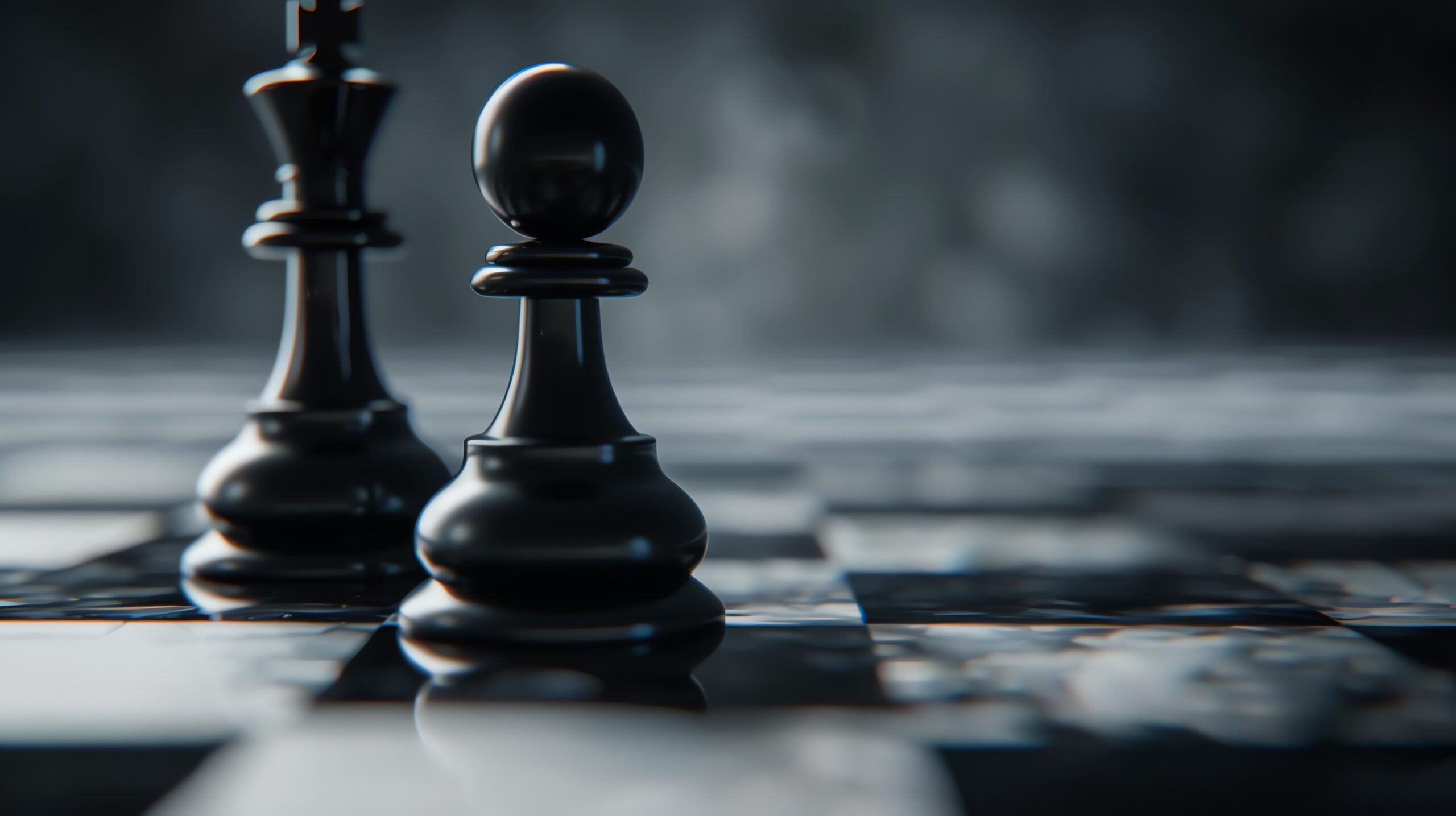A Surprising Connection
At first glance, medicine and chess may seem worlds apart. One deals with human lives, the other with wooden pieces on a board. But as someone who has practiced medicine for decades and enjoyed chess as a lifelong hobby, I can tell you that the overlap is striking.
Both medicine and chess require critical thinking, pattern recognition, and strategic planning. Both demand patience, foresight, and the ability to stay calm under pressure. And both, when practiced with intention, reveal deeper lessons about the way we think, learn, and grow.
Seeing the Whole Board
In chess, one of the first things a player learns is to see the whole board. Not just the next move, but several moves ahead. You learn to anticipate threats, recognize traps, and understand how one small decision can shift the entire game.
Medicine works much the same way. When you see a patient, you don’t just treat the symptom in front of you—you look at the whole picture. Their medical history. Their medications. Their lifestyle. Their emotional state. Like chess, it’s rarely about the obvious move. It’s about thinking a few steps ahead and understanding how one decision will affect the rest.
This way of thinking has helped me throughout my career as a hospitalist, whether I was working at Frankford Hospital, Main Line Health, or now at Penn Medicine. In medicine, as in chess, tunnel vision is dangerous. You must step back and scan the board—scan the patient’s full story—before you make your move.
Pattern Recognition: A Shared Skill
One of the most important skills in both chess and medicine is pattern recognition. In chess, you begin to recognize openings, common tactics, and familiar endgames. Over time, you develop an instinct for what’s happening on the board—even when it looks chaotic.
Medicine works the same way. With experience, you begin to recognize subtle signs. A combination of lab results, physical symptoms, and patient behavior starts to form a familiar pattern. It’s not about guessing—it’s about building a mental library of experiences that help you respond quickly and effectively.
This kind of pattern recognition is also what separates a good teacher from a great one. Over the years, I’ve been fortunate to win several teaching awards, including the D. Stratton Woodruff Award for Excellence in Teaching. But what’s most rewarding is watching young doctors begin to see those patterns for themselves. It’s like watching a new chess player go from random moves to strategic play—it’s when everything starts to click.
Pressure, Presence, and Patience
Both medicine and chess come with pressure. A wrong move can have serious consequences. That pressure can be paralyzing if you let it overwhelm you. But both disciplines teach you to stay calm under stress. To breathe. To think clearly, even when the stakes are high.
In my years as a physician, I’ve learned that presence—being truly in the moment—is one of the most powerful tools you can have. It’s the same presence I try to bring to every patient encounter, and the same focus I bring to a quiet chess match.
Chess teaches patience. It teaches you to wait for the right moment. To think before acting. In a world—and a healthcare system—where everything is moving fast, that kind of restraint is rare and valuable.
Learning From Every Game
No matter how good you get at chess, you’ll lose. And no matter how experienced you are in medicine, you’ll make mistakes. That’s the reality of both fields. But what matters most is whether you learn from those experiences.
Every loss in chess is a lesson. You go back, analyze the game, and figure out what went wrong. That mindset—one of curiosity and humility—is vital in medicine. We must constantly reflect on our decisions, share our missteps, and seek to grow.
Some of the most important lessons I’ve learned as a doctor came from moments of uncertainty or error. And they’ve made me a better mentor, too. I always remind students and residents that making mistakes isn’t a sign of failure—it’s a necessary part of becoming great.
Teaching as a Strategy Game
Teaching, like chess, is also about strategy. You can’t just tell a student what to do—you have to meet them where they are. You have to anticipate where they’re struggling, help them think through scenarios, and give them space to develop their own instincts.
When I teach, I often think of it as guiding someone through a chess game. I don’t make their moves for them. I point out the possibilities, highlight risks, and ask questions that help them see the board more clearly.
The reward? Watching them gain confidence, solve problems, and eventually teach others. That’s the true beauty of mentorship—something I believe is one of the most undervalued skills in medicine.
Final Thoughts
Chess and medicine may appear different, but they share a common spirit: the desire to think deeply, act wisely, and grow continually. They both reward those who take the time to see the big picture, who reflect on their actions, and who never stop learning.
In my own life, the quiet discipline of chess has complemented the fast-paced, emotionally charged world of medicine. It reminds me to slow down, to analyze carefully, and to respect the complexity of every case and every person.
Whether you’re a physician, a student, or simply someone looking to think more clearly, I believe both chess and medicine offer lessons worth embracing. Because at the heart of both is a simple truth: every move matters. And every move teaches you something—if you’re paying attention.
